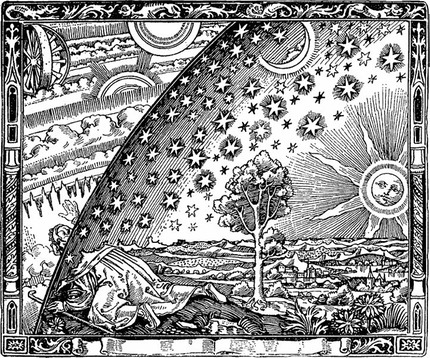
The universe is not a rigid clockwork, but neither is it formless and random. Instead, it is filled with highly organized, evolved structures that have somehow emerged from the simple rules of physics. Examples range from the spiral structure of galaxies to the pattern of ripples on windblown sand, to biological and even social processes. These phenomena exist is spite of the universal tendency towards disorder. How is this possible? Self-organization challenges the usual reductionistic scientific method, and begs the question of whether we can ever really understand or predict truly complex systems.
This course uses almost no mathematics, and assumes no previous knowledge of physics.
E-mail listserver: Please go to the listserver log-in page and sign up to receive important e-mail notices about this course. DO NOT use hotmail or yahoo accounts, or forward anything to such accounts. If you do, your content will almost certainly be spam filtered into oblivion. You are entitled to a UTORMail account: learn how to set one up here.
Evaluation: Two writing assignments, each 15%, midterm test 20%, seminar participation 15%, final exam 35%. For more information, see links at the top of the page.
Personnel: Stephen Morris, professor. Teaching assistants: Simon Freedman, Aaron Sutton, Ashleigh Ingle and Lynn MacDonald.